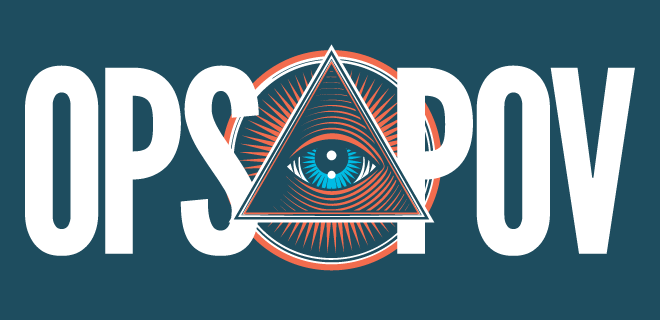
Transparency concerns have long plagued open advertising markets, scaring away participants on the buy and sell-side of open real-time bidding advertising transactions.
In late 2017 and early 2018, the buy-side made huge inroads against domain spoofing with widespread adoption of ads.txt. No longer is not knowing if a traditional display bid request is misrepresenting its domain a widespread concern, and sellers have begun to focus on transparency of the intermediaries in a transaction with the sellers.json standard and extending this transparency into the mobile application and connected television markets.
Unfortunately, sell-side participants—publishers—often have difficulty obtaining basic levels of transparency in reverse when using header bidding tools to extend demand.
Transparency Is Pubs’ Partner
Transparency is critical to sellers for several reasons. Top of mind for many sellers is not scaring away their audience or decreasing their engagement. This can happen if brands and content do not align—for example, a meat advertiser on a vegetarian recipe site or an online gaming advertiser appearing on a competitor’s site. It can also happen if malvertising is redirecting users to another site, or with invasive advertising for untrustworthy e-commerce platforms.
Transparency is also key in relationship management: perhaps the seller has a deal with an endemic advertiser and wants to make sure all buying from that advertiser goes through that channel. Sometimes sellers are looking to discover which advertisers prefer their inventory so they can pitch custom ad products.
Ad operations teams are particularly interested in transparency. Certain creatives may drive discrepancies between an SSP and a publisher’s transaction counts. Another reporting dimension would be very helpful for teams tracking down these discrepancy sources.
Often a wayward mis-categorized ad that sneaks through existing protections is reported by a reader and the ad operations team has difficulty discovering its origin. A high VAST error rate might be plaguing a video demand source without an easy way to identify the source creative asset.
Within Google AdManager, there exists rich protections, reporting, and creative review of AdX, and to a more limited extent Open Bidding demand. In the header, vendors have tried to fill this gap: Confiant, Clean Creative, GeoEdge, and others offer malvertising and creative content or advertiser blocks. While malvertising protection is well developed, the latter is certainly a work in progress.
Communicating Across the Aisle
Adomik, Ad-Juster, and others offer tools to see who is buying your inventory across your many header demand sources. The IAB provides some specifications for communicating buyer seat and domain, but they are only recommended. Adoption of the Ad Management API (which will provide the buy-side equivalent of sellers.json) is a work in progress.
At Prebid.org, much of our recent work has been around standardizing how buyers and sellers communicate with each other. In the past, prebid adapters have consumed information in very different ways, but as that type of information becomes common to transmit, publishers tire of configuring it for each demand source in a different way.
Examples include consuming video parameters from the ad unit and not the bidder parameters, consuming consent, identity, and floors from their respective modules, and reading from a common first-party data interface. Conversely, publishers are demanding a more standard and richer bid response.
With Prebid 4.0, much of the standard ways of communicating will become recommended behavior, with an eye towards making them required in future major releases. One of these recommendations is called the bid.meta object. It is the part of the bid response with information such as the advertiser domain(s), buyer seat, and disclosures on rich media formats. Prebid analytics adapter providers can report aggregations of these fields to publishers who have their adapter installed.
A header bidding key for advertiser domain(s) will soon allow publishers to set universal price rules and protections in their ad server. Publishers who define the ‘hb_adomain’ key and advertiser domains of interest as values will be able to easily obtain reporting on header advertiser impression count and price paid cut by demand source. Publishers with the ad server logs or analytics adapters will have full transparency into adomain and buyer seat when header demand partners are setting it.
Demand More From Your Demand!
Adapters setting this information remains the key; the bid.meta object in the bid response object currently only has limited adapter support. Your communications with your SSP partners to keep their adapters modern (eg supporting the floors module, the identity module, the bid.meta object, and reading video ad unit parameters) is critical to the success of the Prebid project.
Publishers with other header bidding integrations should be demanding their provider keeps up, with the end goal being full transparency of buyers.